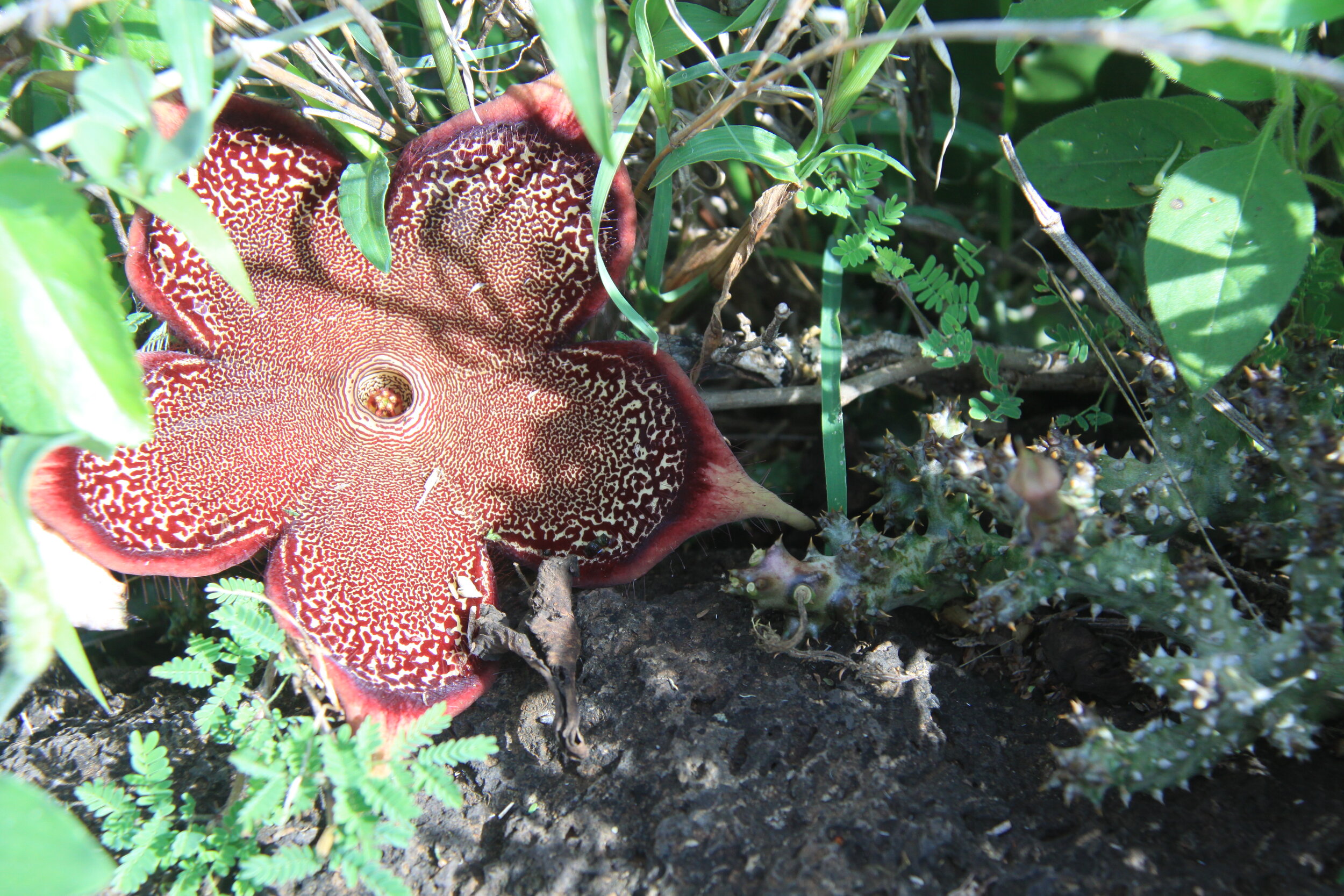
My research focuses on the interactions among species that sustain diverse and functioning vegetation communities. I ask how human activities disrupt plant communities by changing these interactions, and how we can design evidence-based policies to protect and restore them. I focus in particular on the ways animals determine how plants respond to global change drivers such as climate change. The approaches I use integrate data science with field studies and are grounded in natural history.
Seed dispersal by animals has been a major through line of my work. Roughly half of plant species rely on seed-dispersing animals for movement and regeneration. My work as a PhD student and postdoc as part of the Ecology of Bird Loss Project focused on the consequences of seed disperser loss on Guam’s forests following the accidental introduction of the brown treesnake. More recently, I have expanded this scope to macroecological scales by leveraging large biodiversity datasets. This work asks how seed dispersers influence plants’ ability to adapt to climate change and recover from deforestation and forest degradation.
“What escapes the eye, however, is a much more insidious kind of extinction: the extinction of species interactions.”
— Daniel Janzen
Understanding ecological network assembly and change
What processes give rise to the complex webs of species interactions within ecosystems? What role do we as humans play in reshaping ecological networks through globalization, extinction, and restoration? I synthesize diverse datasets on species interactions, traits, and occurrence to answer these questions. These analyses often reveal that the magnitude of change in species interactions is far greater than the magnitude of species-level changes that are commonly studied by ecologists.
Linking species interactions to ecosystem functioning
My work aims to develop a predictive understanding of the ecosystem functions that individual species provide through their species interactions, and to achieve this at regional to global scales. I use field experiments and data synthesis to model the linkages between pairwise interactions and ecosystem functioning, and then map change in ecosystem functioning over space and time caused by changes in species composition.
Restoring forests and their animals together
Forests are seen as a key nature-based solution for socio-environmental problems. I work to develop evidence-based strategies to restore diverse and functioning plant and animal communities, empower people, and enable sustainable development. I focus on seed dispersers as a crucial source of biotic connectivity that controls how forests regenerate, store carbon, and adapt to change.




